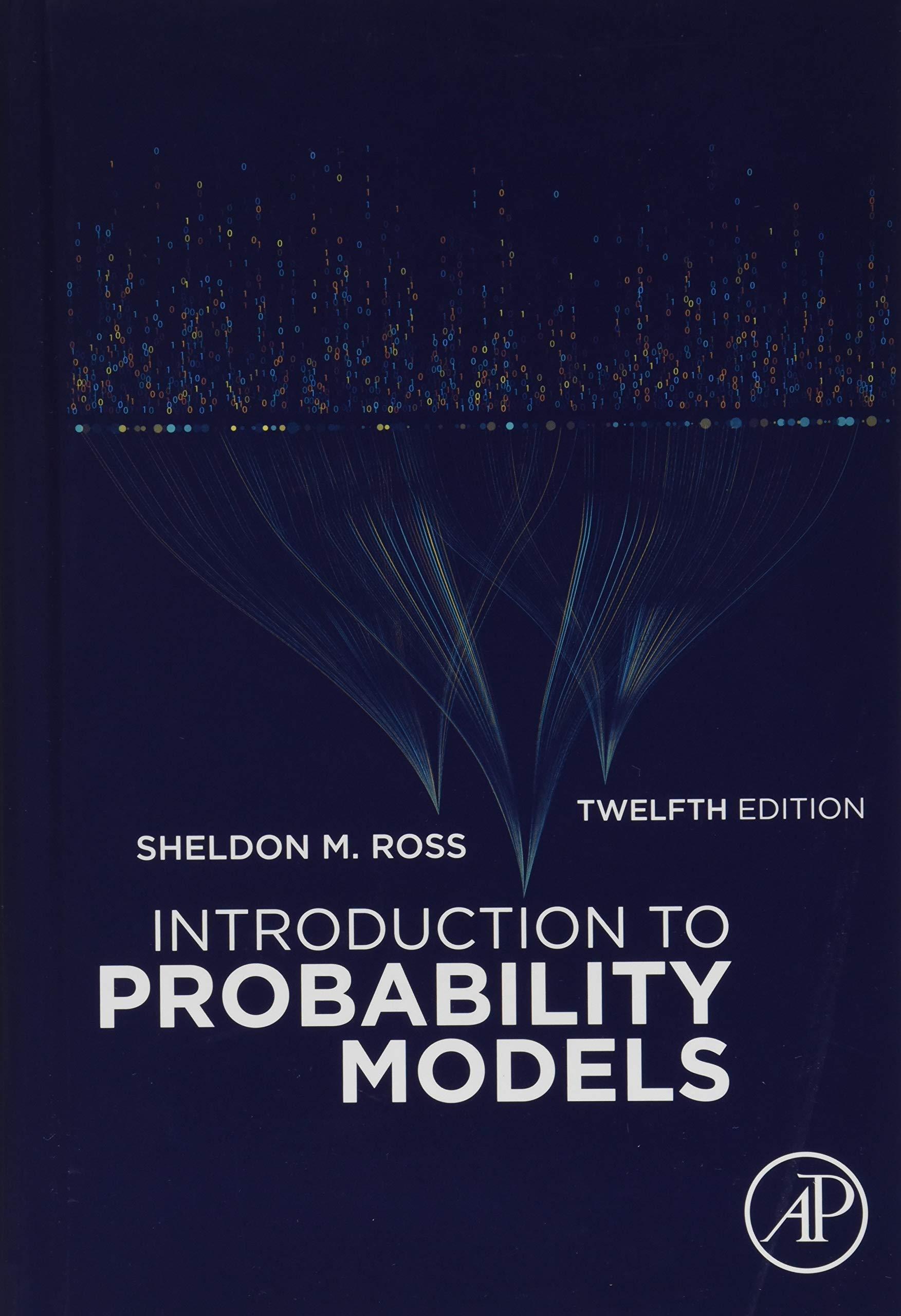Question
A logistic company has launched a new service for small businesses that promises to deliver packages in Hong Kong within 12 working hours of placing
A logistic company has launched a new service for small businesses that promises to deliver packages in Hong Kong within 12 working hours of placing an order. Some consumers, however, have complained that deliveries often take longer.
The Consumer Council decides to investigate to ascertain if the consumer complaints are valid. They randomly select a total of 60 deliveries, and they track the delivery time of each. They find that the average time for delivery is 12.2 hours, with a standard deviation of 0.9 hours. You oversee running the statistical analysis.
a) Formulate null and alternative hypotheses for this test.
b) Calculate t-statistics and p-value.
c) Would you reject the null hypothesis and accept the alternative at the .05 level?
d) Describe what your conclusion in c) means in terms of the complaints made by the consumers: are they right, based on these data and sampling scheme?
e) Suppose the Council is running out of time and decides to conduct the test based on a smaller sample of only 55, and the sample statistics are the same. In this case, would the conclusion you have reached in c) and d) change? Explain why, or why not.
Step by Step Solution
There are 3 Steps involved in it
Step: 1

Get Instant Access to Expert-Tailored Solutions
See step-by-step solutions with expert insights and AI powered tools for academic success
Step: 2

Step: 3

Ace Your Homework with AI
Get the answers you need in no time with our AI-driven, step-by-step assistance
Get Started


